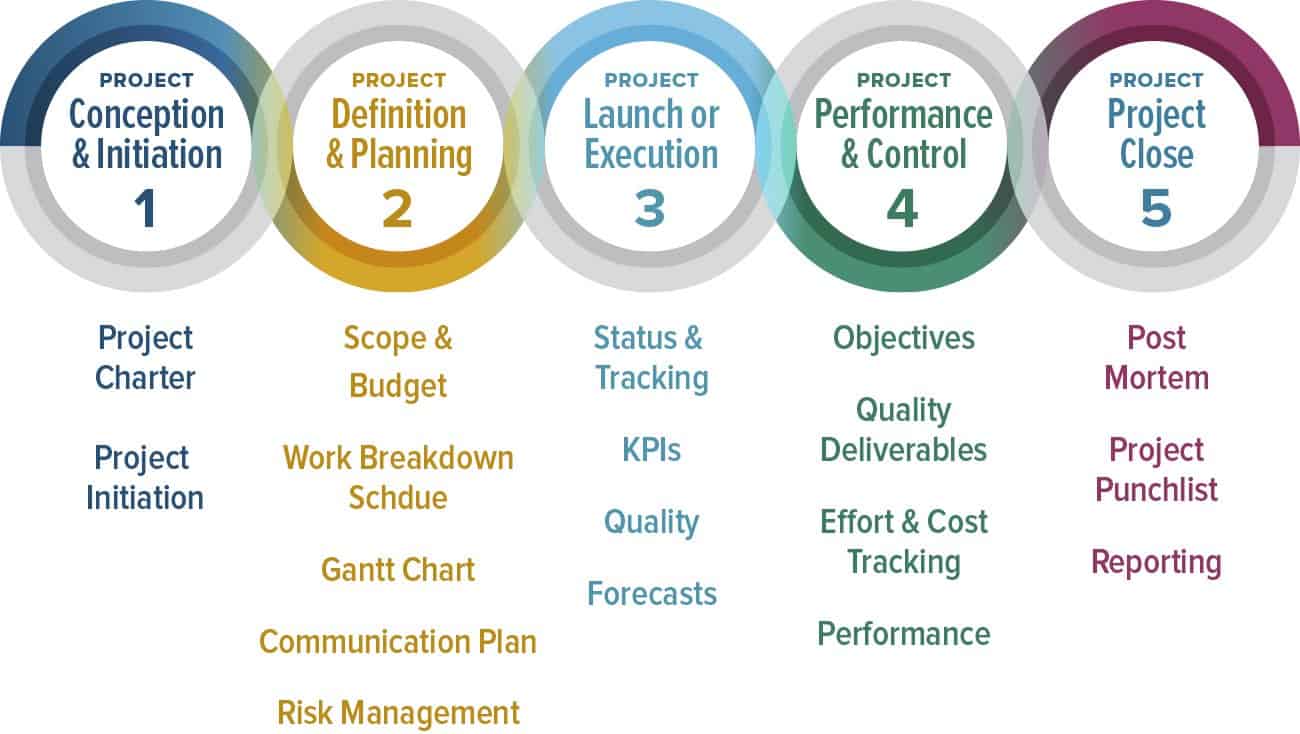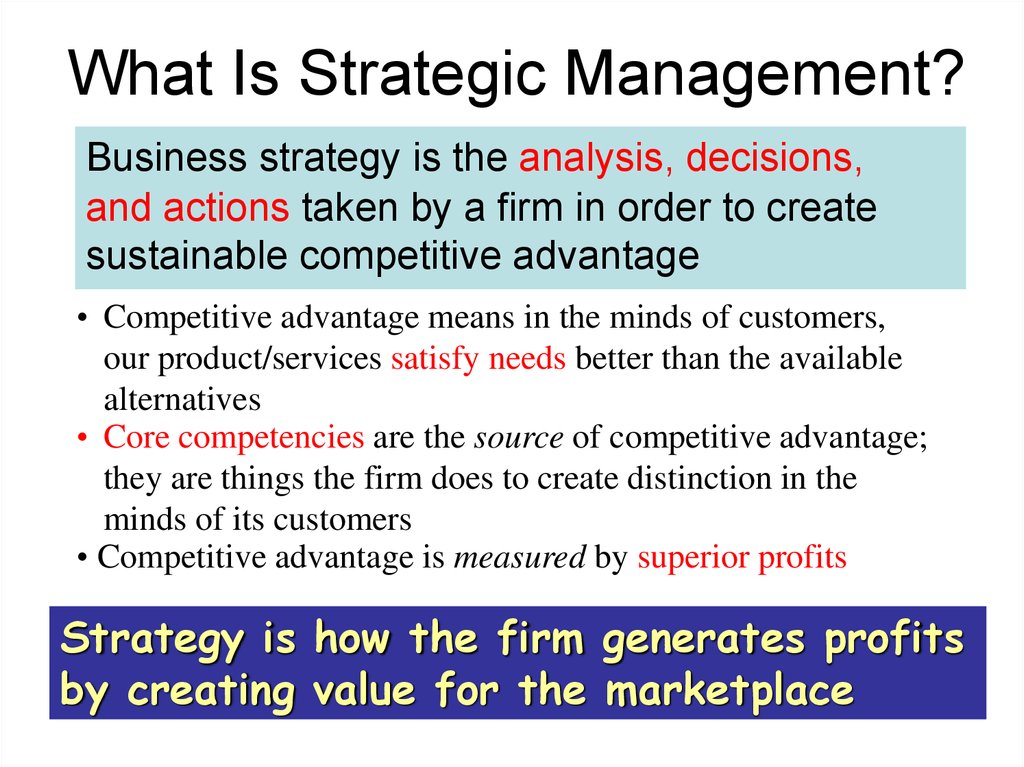

In practice, continuous deployment means that a developer’s change to a cloud application could go live within minutes of writing it (assuming it passes automated testing).
#Define processes manual
Because there is no manual gate at the stage of the pipeline before production, continuous deployment relies heavily on well-designed test automation.
#Define processes code
As an extension of continuous delivery, which automates the release of a production-ready build to a code repository, continuous deployment automates releasing an app to production. The final stage of a mature CI/CD pipeline is continuous deployment. If automated testing discovers a conflict between new and existing code, CI makes it easier to fix those bugs quickly and often. This means testing everything from classes and function to the different modules that comprise the entire app. Once a developer’s changes to an application are merged, those changes are validated by automatically building the application and running different levels of automated testing, typically unit and integration tests, to ensure the changes haven’t broken the app. This problem can be further compounded if each developer has customized their own local integrated development environment (IDE), rather than the team agreeing on one cloud-based IDE.Ĭontinuous integration (CI) helps developers merge their code changes back to a shared branch, or “trunk,” more frequently-sometimes even daily. That’s because when a developer working in isolation makes a change to an application, there’s a chance it will conflict with different changes being simultaneously made by other developers. However, if an organization is set up to merge all branching source code together on one day (known as “merge day”), the resulting work can be tedious, manual, and time-intensive. In modern application development, the goal is to have multiple developers working simultaneously on different features of the same app. Our experts can help your organization develop the practices, tools, and culture needed to more efficiently modernize existing applications and to build new ones. Many enterprises start by adding CI, and then work their way towards automating delivery and deployment down the road, for instance as part of cloud-native apps. In the end, it’s probably not worth your time to get bogged down in these semantics-just remember that CI/CD is really a process, often visualized as a pipeline, that involves adding a high degree of ongoing automation and continuous monitoring to app development.Ĭase-by-case, what the terms refer to depends on how much automation has been built into the CI/CD pipeline. To make it more complicated, sometimes "continuous delivery" is used in a way that encompasses the processes of continuous deployment as well. It’s possible for CI/CD to specify just the connected practices of continuous integration and continuous delivery, or it can also mean all 3 connected practices of continuous integration, continuous delivery, and continuous deployment. It builds on the benefits of continuous delivery by automating the next stage in the pipeline. It addresses the problem of overloading operations teams with manual processes that slow down app delivery. To that end, the purpose of continuous delivery is to ensure that it takes minimal effort to deploy new code.Ĭontinuous deployment (the other possible "CD") can refer to automatically releasing a developer’s changes from the repository to production, where it is usable by customers. It’s an answer to the problem of poor visibility and communication between dev and business teams. Both are about automating further stages of the pipeline, but they’re sometimes used separately to illustrate just how much automation is happening.Ĭontinuous delivery usually means a developer’s changes to an application are automatically bug tested and uploaded to a repository (like GitHub or a container registry), where they can then be deployed to a live production environment by the operations team. The "CD" in CI/CD refers to continuous delivery and/or continuous deployment, which are related concepts that sometimes get used interchangeably. It’s a solution to the problem of having too many branches of an app in development at once that might conflict with each other.

Successful CI means new code changes to an app are regularly built, tested, and merged to a shared repository. The "CI" in CI/CD always refers to continuous integration, which is an automation process for developers.

The acronym CI/CD has a few different meanings.


 0 kommentar(er)
0 kommentar(er)
